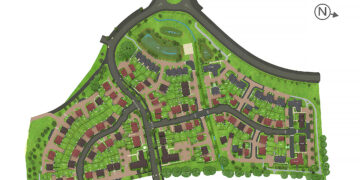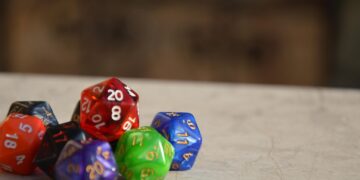I write to you today and very happy half Scottish/half welsh man (with an English accent?!?) after some great rugby victories over the weekend.
I am somewhat of a Celtic mongrel (my own term I coined for myself that I shall be using should a wrestling career become an option) and had the history of Scotland (my mum’s side) well and truly recited to me during my childhood.
This means I inevitably get very passionate and emotional during Braveheart (I mean who doesn’t want to scream ‘FREEEEEDOMMMMM!).
Now our Aussie friend Mel is largely forgiven by Scots for butchering the accent because of what a Scottish love fest the film is, however, the part that always interested me most was the end where he is hung drawn and quartered for his crimes when eventually caught (don’t worry this isn’t a psychopath story).
You see in the film Mel is stretched out and essentially pulled apart before being cut up into wee pieces (not one for the kids really). However, knowing that he will be returned to the women he loves in the afterlife he displays remarkable resistance to the unspeakable pain he endures.
It leads to a fascination that I have always had about the workings of the human body (just as well considering my career choice) and brain.
This is something I observe in practice every day when we ask the question about something called the Visual Analogue Scale (VAS for short).
Simply put what is your pain out of 10 when it’s at its worst?
Women usually always put it around a 6 and men around an 8/9 (women naturally have higher pain thresholds sorry guys ).
This question is all about someone’s perception of their pain (we are not asking the really important one yet) and that is all it really tells us as health professionals (obviously a 9/10 score isn’t good but doesn’t always mean emergency).
You see pain actually occurs in our brain NOT at the sight at which you may ‘feel’ it.
It is also NOT synonymous with damage to your tissues. Think about a paper cut, the damage is pretty minimum but the pain seems worse than stepping on a Lego block in bare feet ? (almost!!).
Even when we observe degenerated discs and joints on X-rays of the spine the patterns are not correlated with patients pain.
When someone has a heart attack they often feel pain in their arm or their jaw sometimes not even in their chest.
Did you know that only 10% of your nervous system is dedicated to the perception of pain?
The feeling doesn’t equal function.
Your nervous system still has lots of jobs to do apart from perceiving pain.
Pain is part of a messaging system that has developed to keep us safe and away from immediate danger (hand on a hot stove for example).
We have a pain threshold which means we need a certain amount of stimulus in order for pain your brain to perceive the stimulus as pain (when the stimulus threatens tissue damage for eg).
Everyone perceives things in the world differently and pain is no exception. Our brain and nervous system develop pathways in response to different stimuli we experience.
In order to conserve energy, our brain creates habitual pathways and patterns. When doing this in response to painful stimuli your pain threshold can lower and your nervous system becomes more sensitive to that stimulus. Therefore more pain (not necessarily more damage).
The more this pattern continues the more sensitive the nervous system becomes and can lead to conditions like fibromyalgia (think of all the alarms going off in every school building for one match being lit).
Most people live very repetitive lives in terms of their movement, eating, drinking and movement habits and our brain loves to get us into these patterns as they feel ‘safe’ (sound familiar?)
However, there is a danger in safety. Without a variety of stimulus, our nervous system loses its edge (like a boxer with the same old one-two punch that worked years ago but is outdated now).
Chiropractic helps to determine the readiness of your nervous system and here at Adapt Chiropractic, we assess what your ‘life threshold’ is.
Maybe that nagging pain or stiffness is a sign you need to get your readiness for life checked and if appropriate, adjusted.
SPECIAL OFFER
Includes:
– Initial Assessment
– Digital posture analysis
– Full comprehensive physical neurological
and Spinal exam
– Digital Xrays (if clinically indicated)
– Report of FindingsNormally £220 only £59 when you
quote ‘Wokingham Paper’.















































